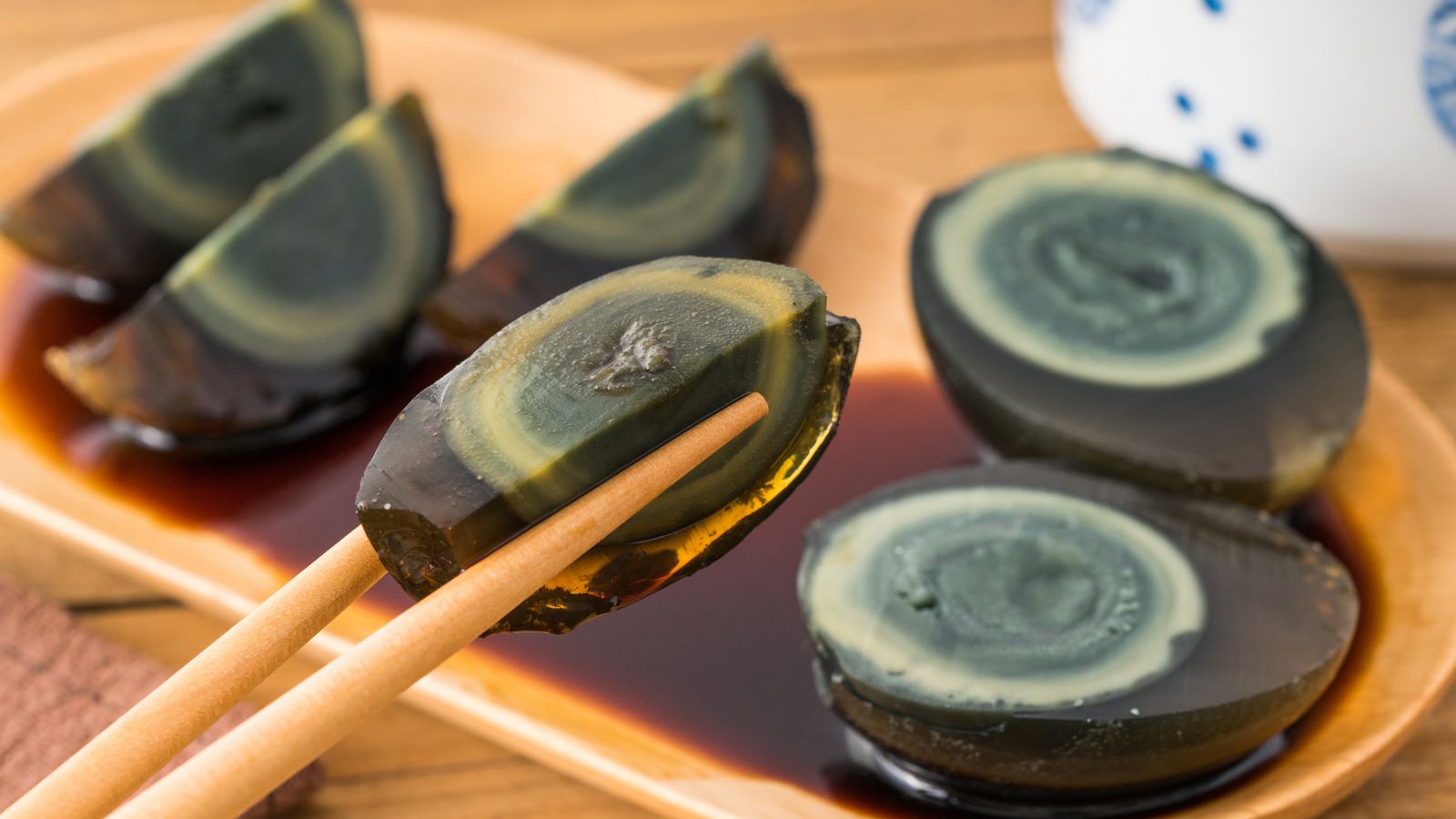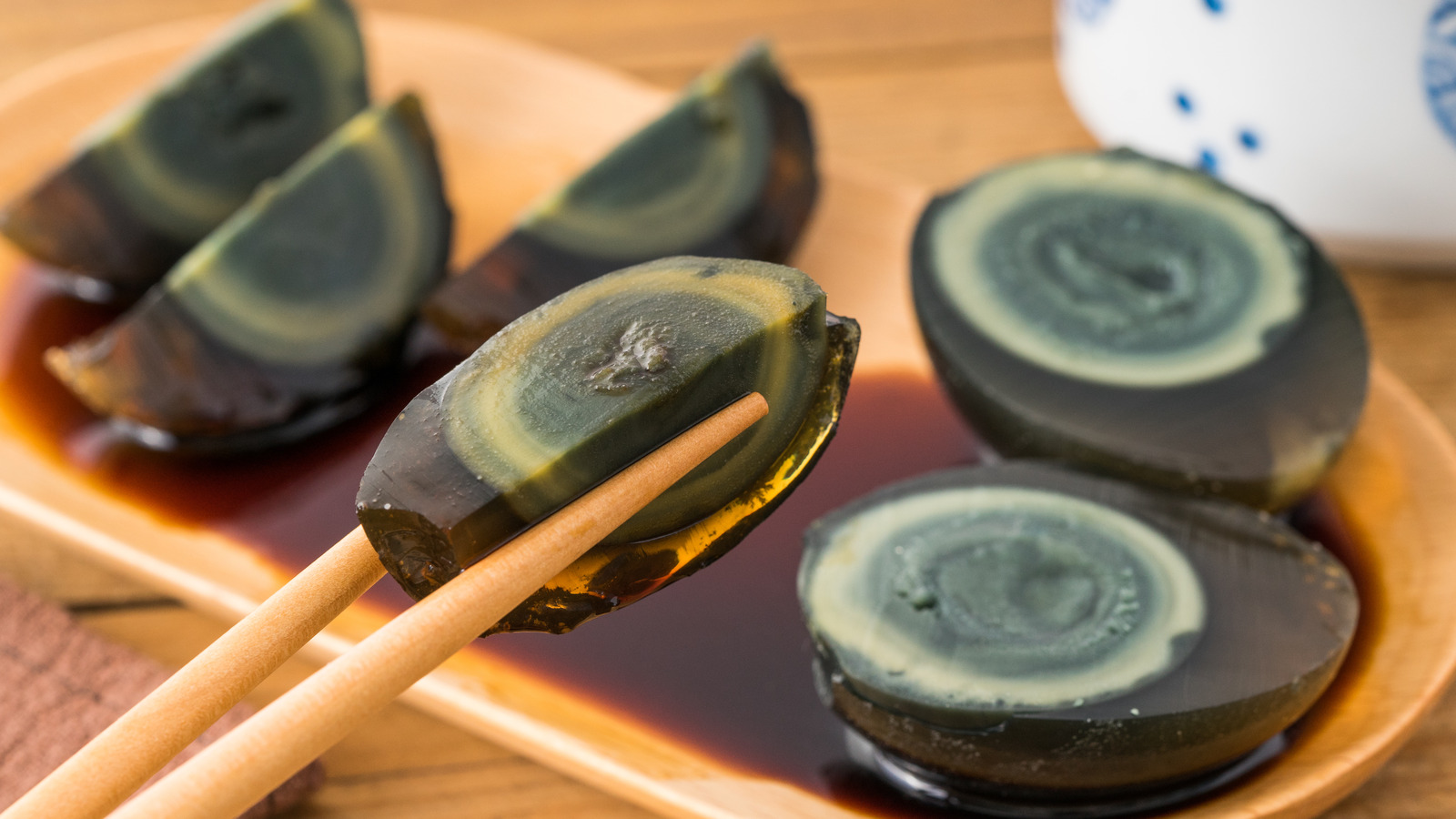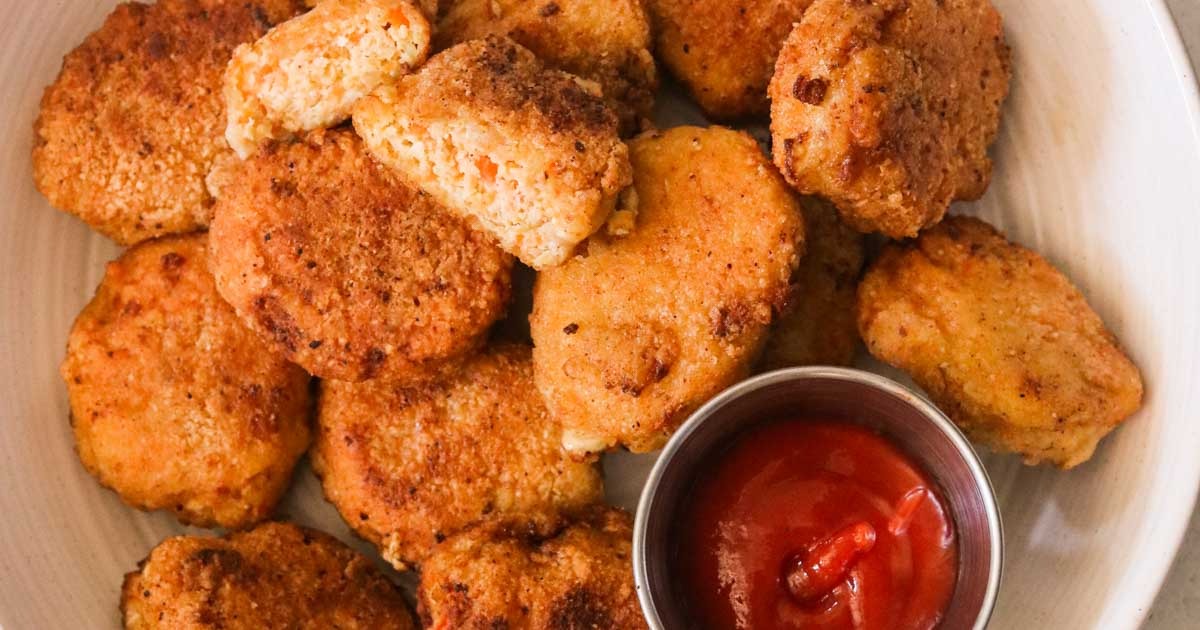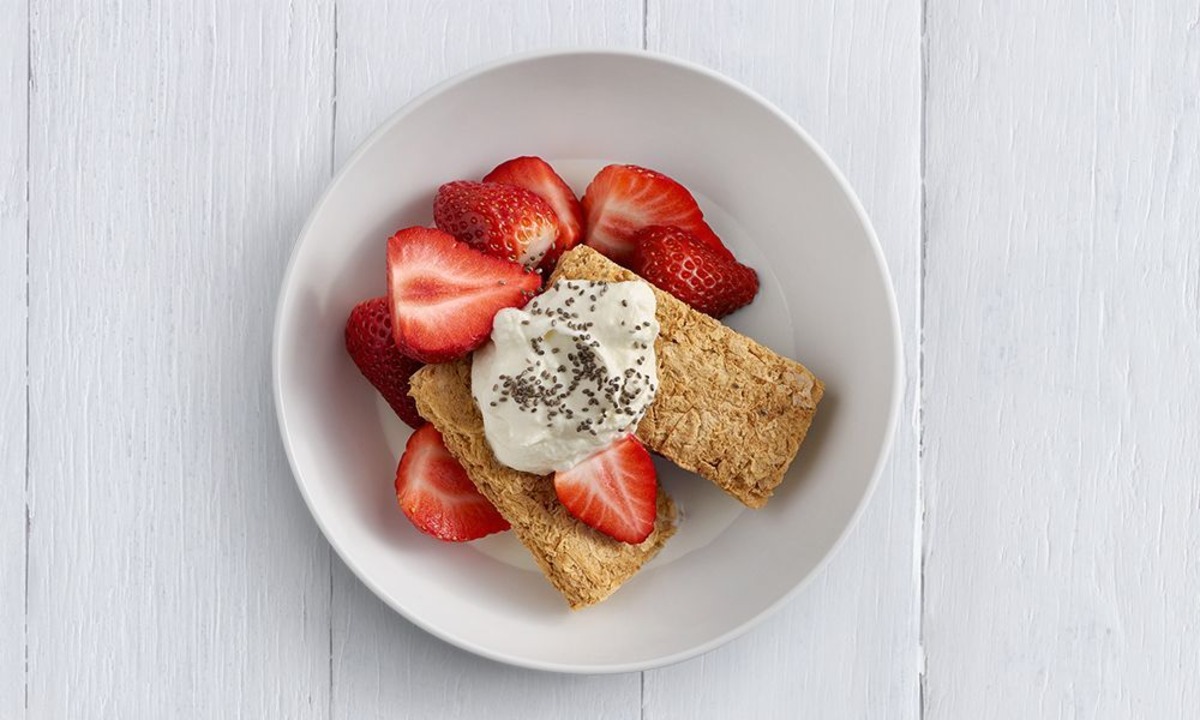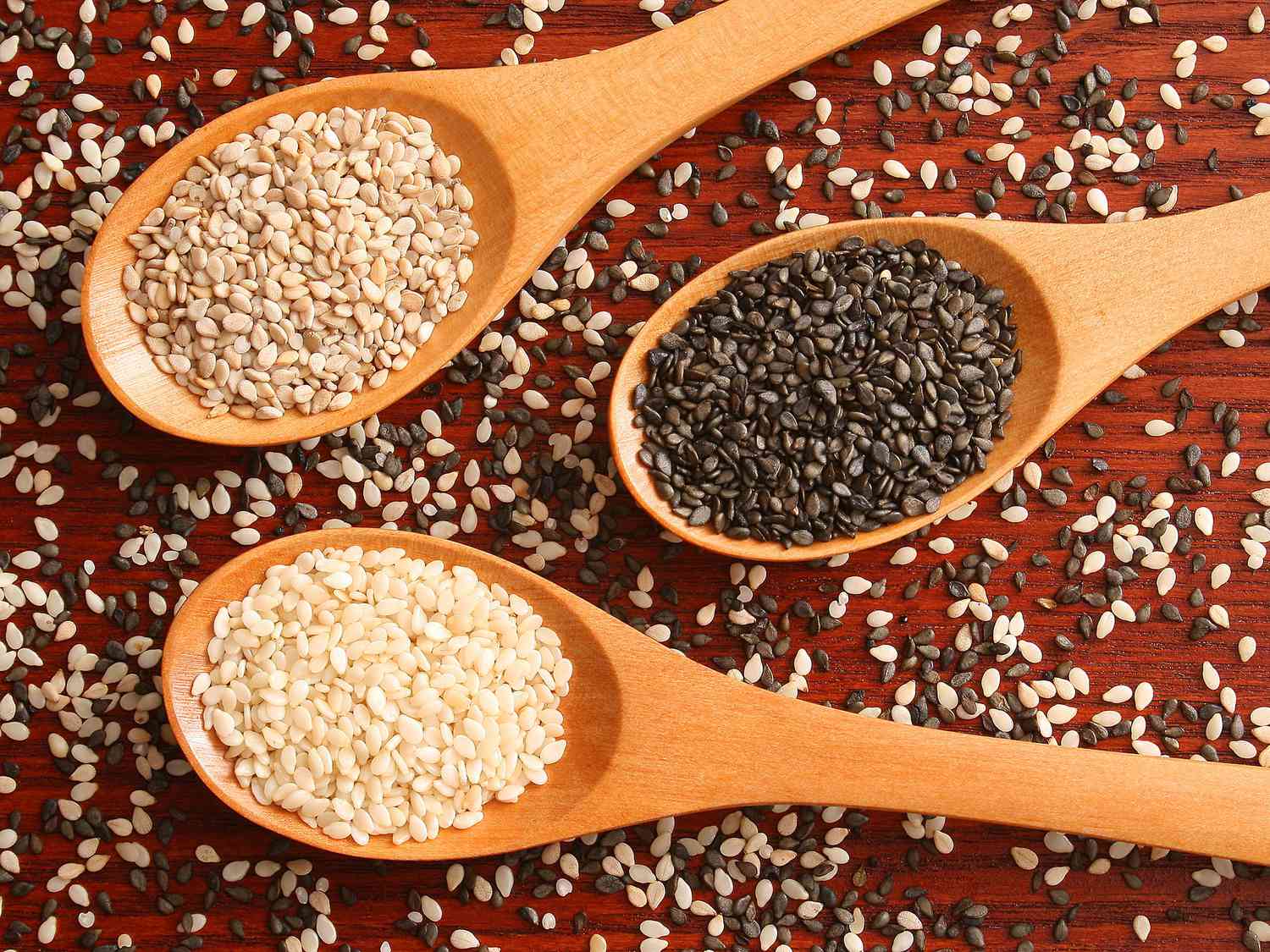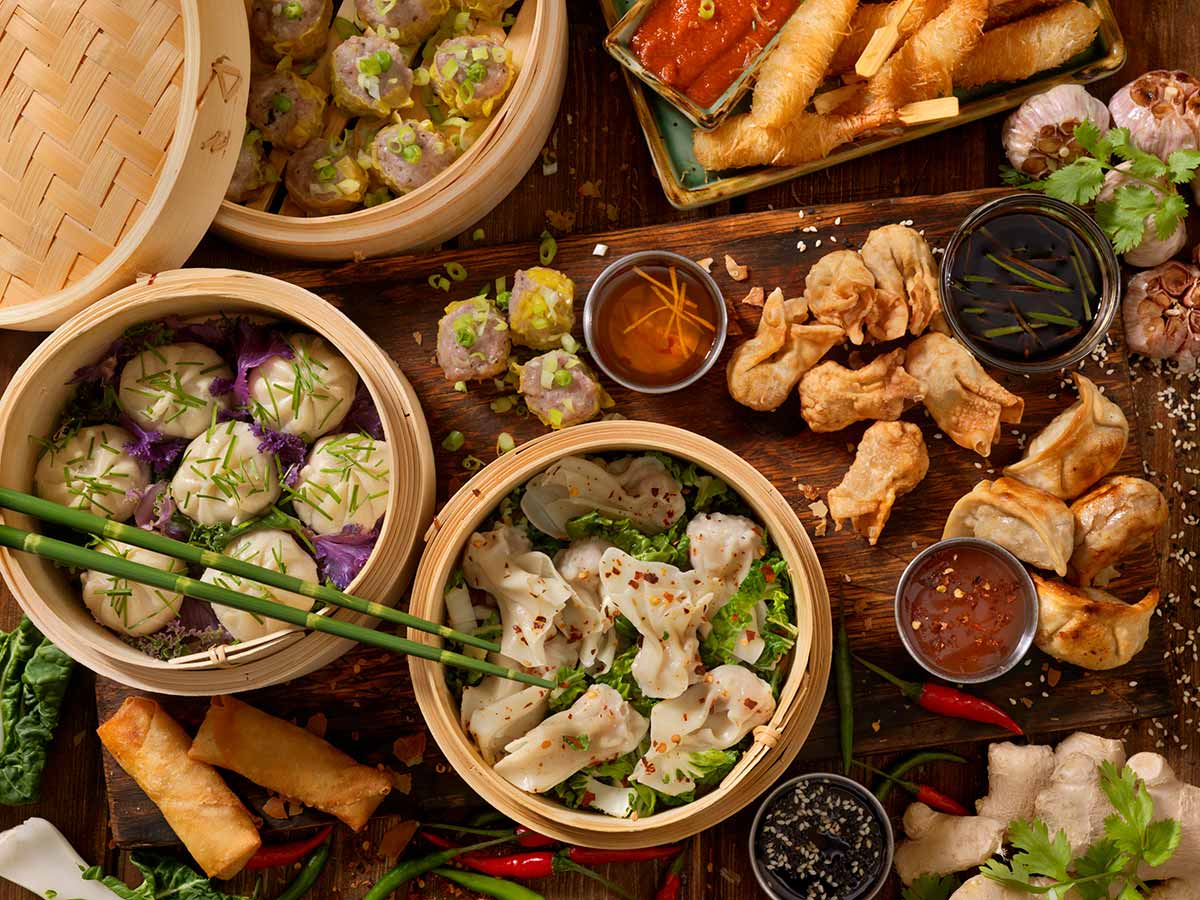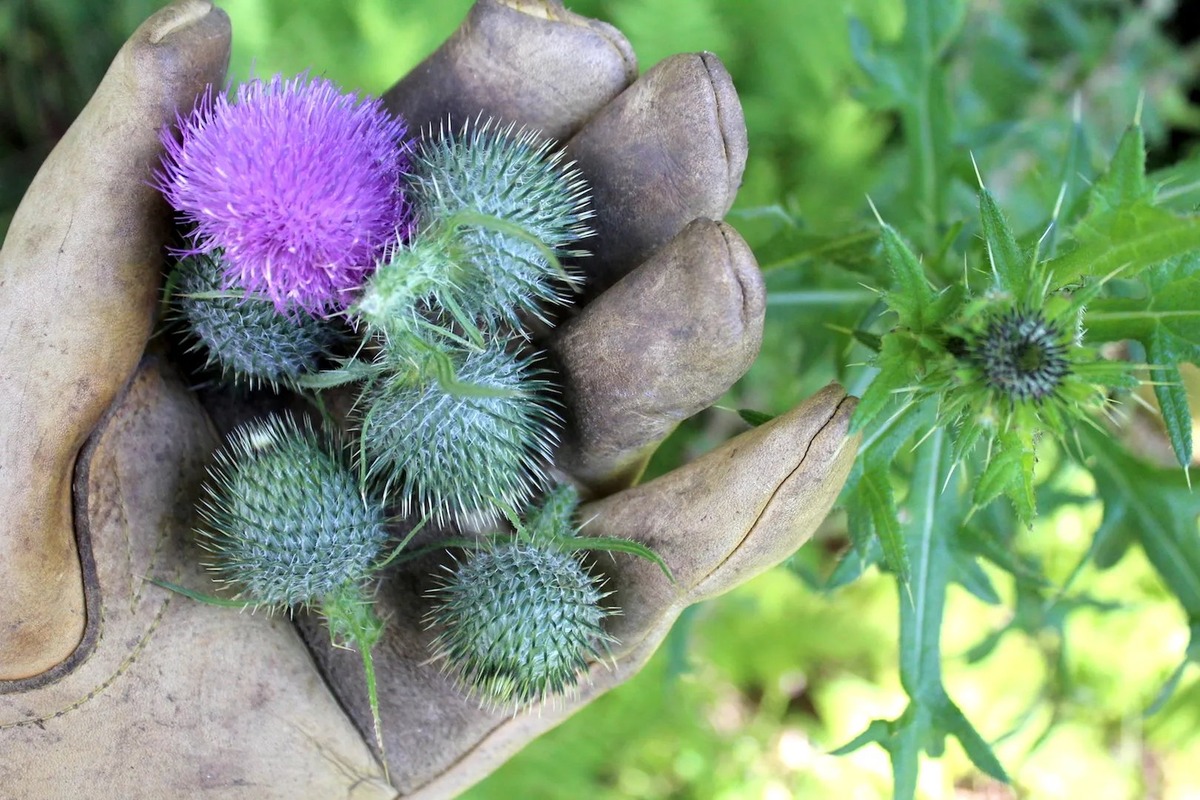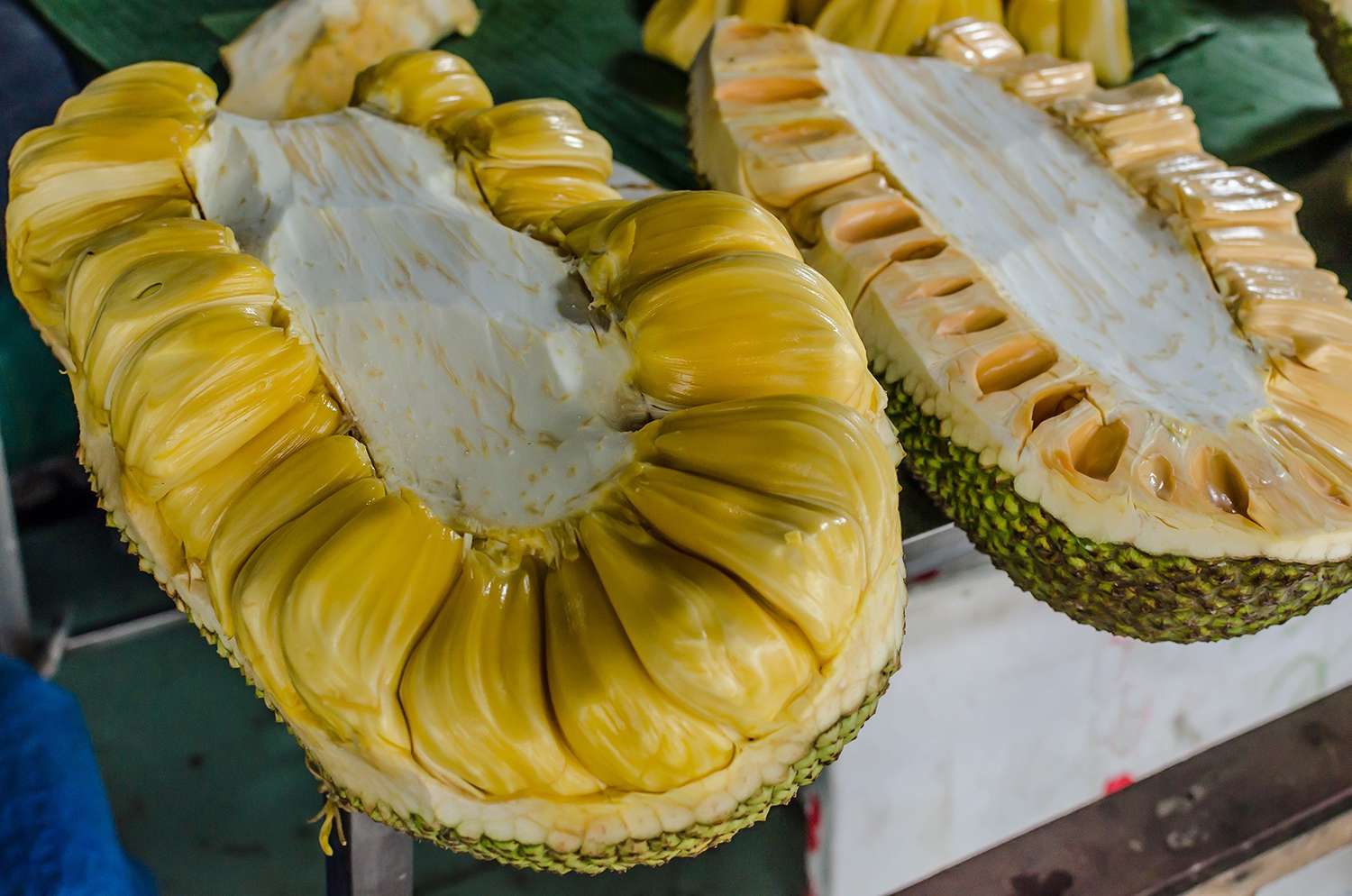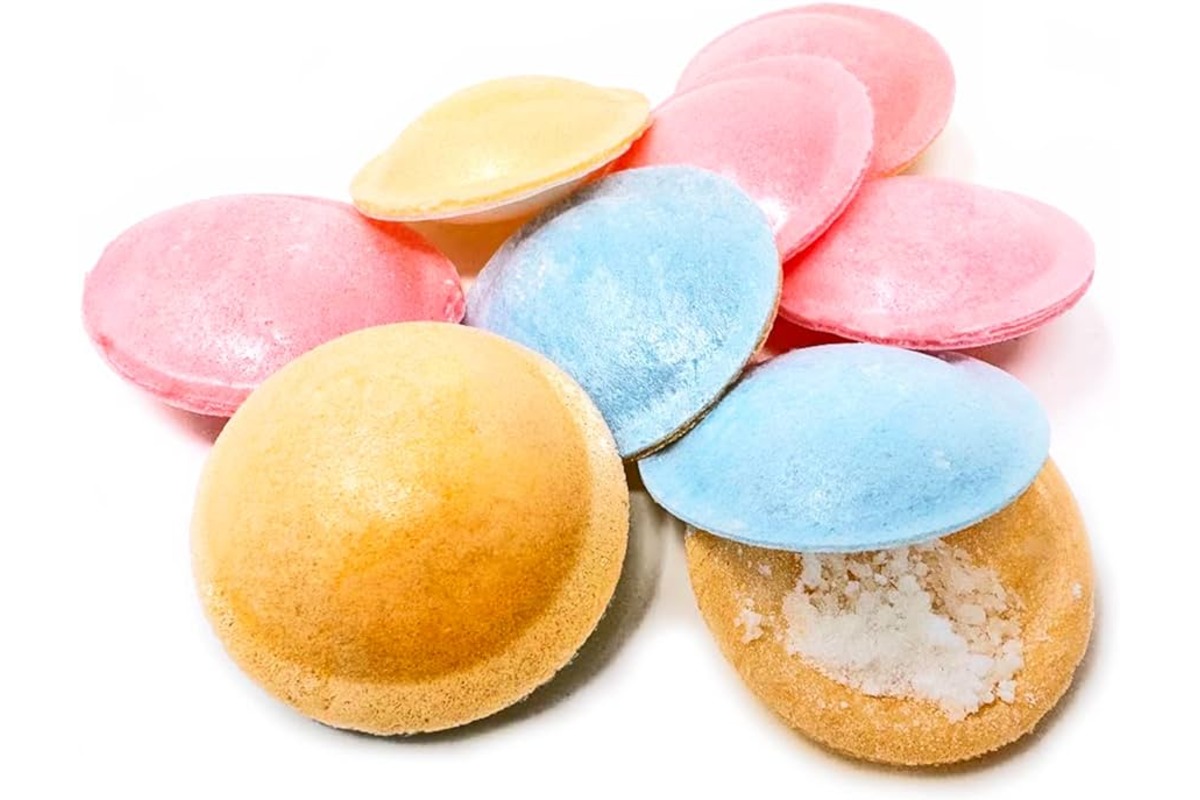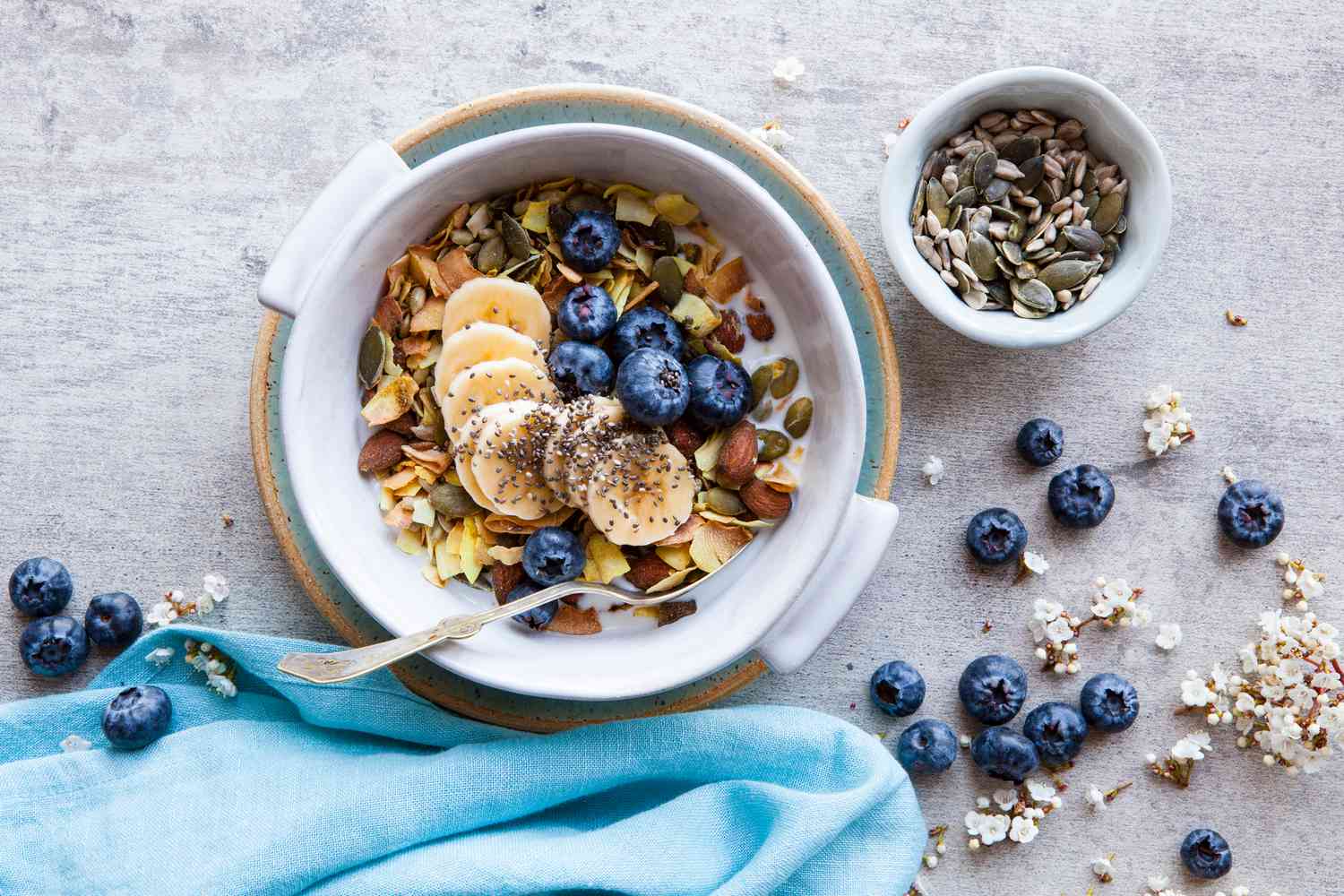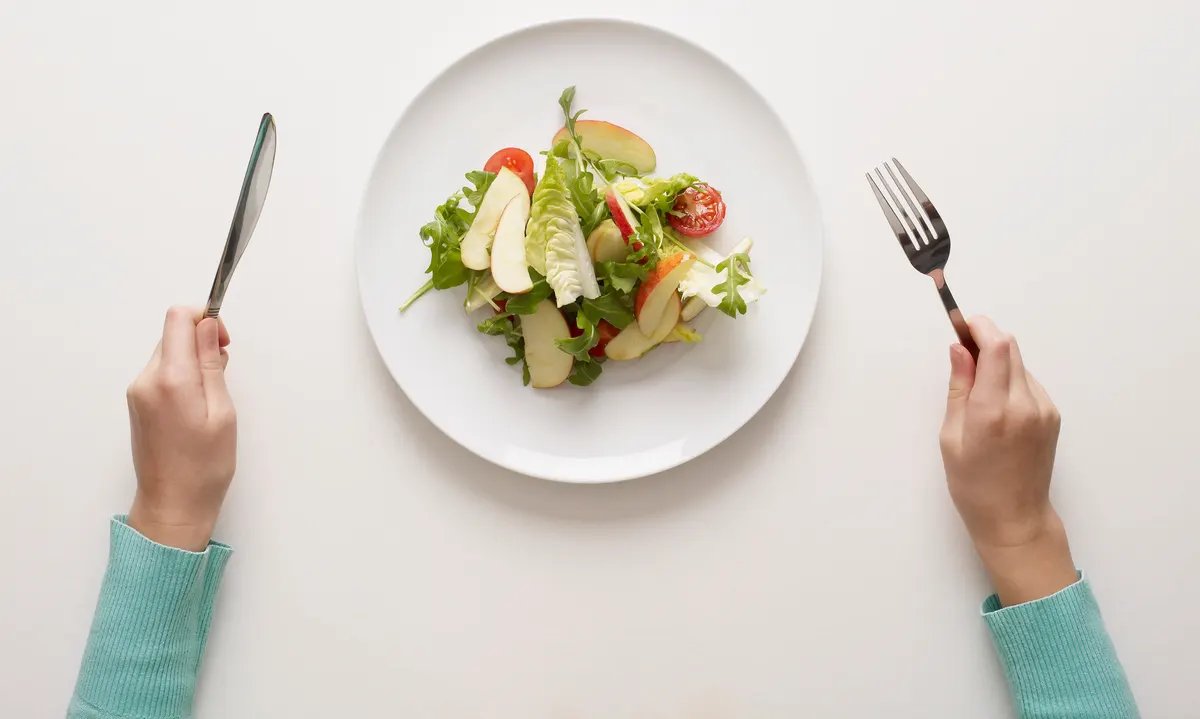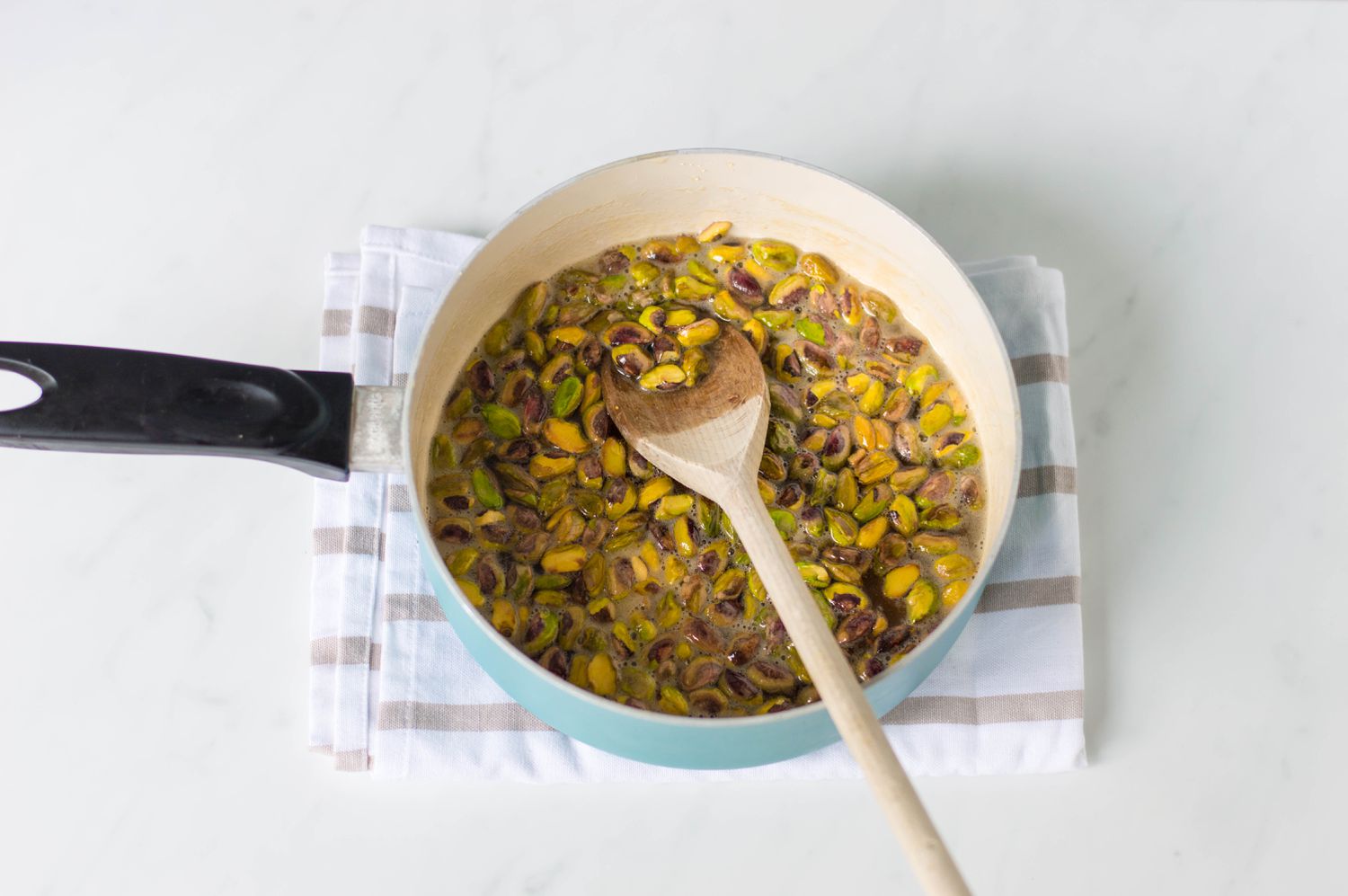Discovering the Unique Delicacy of Thousand-Year-Old Eggs
Thousand-year-old eggs, also known as century eggs or preserved eggs, are a traditional Chinese delicacy that has intrigued and fascinated food enthusiasts around the world. Despite their name, these eggs are not actually a thousand years old, but rather undergo a preservation process that gives them a distinct flavor and appearance. If you’re curious about trying this unique delicacy, here’s a guide on how to eat and enjoy thousand-year-old eggs.
Understanding the Preservation Process
Thousand-year-old eggs are made by preserving duck, chicken, or quail eggs in a mixture of clay, ash, salt, quicklime, and rice straw for several weeks to several months. This process results in a chemical reaction that transforms the egg, giving it a gel-like texture and a dark, translucent appearance. The yolk turns into a creamy, greenish-gray color, while the egg white becomes a dark brown, jelly-like substance.
Preparing Thousand-Year-Old Eggs
Before consuming thousand-year-old eggs, it’s essential to prepare them properly. Here’s a simple step-by-step guide to preparing these unique delicacies:
- Carefully remove the preserved eggs from their packaging.
- Gently rinse the eggs under cold water to remove any excess clay or ash.
- Using a sharp knife, carefully cut the eggs into quarters or slices, depending on your preference.
- Once the eggs are sliced, they are ready to be enjoyed on their own or used in various dishes.
Exploring the Flavor Profile
Thousand-year-old eggs have a bold and distinctive flavor that may not be to everyone’s taste. The yolk is rich, creamy, and slightly pungent, while the egg white has a savory, umami taste with a unique texture. When paired with other ingredients, the flavor of thousand-year-old eggs can add depth and complexity to a dish, making them a popular addition to various Chinese recipes.
Ways to Enjoy Thousand-Year-Old Eggs
There are several ways to enjoy thousand-year-old eggs, whether on their own or incorporated into a dish. Here are some popular serving suggestions:
- Sliced and Served with Congee: Thousand-year-old eggs are often sliced and served with congee, a type of rice porridge. The creamy texture of the eggs pairs well with the comforting warmth of the congee.
- In Salads: Thinly sliced thousand-year-old eggs can be added to salads to provide a unique flavor and visual appeal.
- In Congee or Porridge: The creamy texture of the eggs pairs well with the comforting warmth of the congee.
- In Dumplings or Dim Sum: Thousand-year-old eggs can be used as a filling for dumplings or incorporated into dim sum dishes for a burst of flavor.
Final Thoughts
Thousand-year-old eggs are a fascinating delicacy that offers a unique culinary experience. While their appearance and flavor may seem unconventional, they are beloved by many for their rich history and distinct taste. If you’re feeling adventurous and open to trying new flavors, consider exploring the world of thousand-year-old eggs and incorporating them into your culinary adventures.
Remember, food is a journey, and trying new and unusual delicacies can open up a world of flavors and experiences that you may not have encountered before. So, why not give thousand-year-old eggs a try and see where they take your taste buds?
